Introduction
Trommel screens are a vital component in modern waste management and recycling systems. These machines are designed to handle a diverse range of materials, from municipal solid waste (MSW) and construction debris to compost and various recyclables. The adaptability and efficiency of trommel screens make them indispensable in the processes of waste sorting and resource recovery. This article delves into the core functionalities of trommel screens, highlighting their role in size-based separation, material composition sorting, and their overall efficiency and throughput in waste management operations.
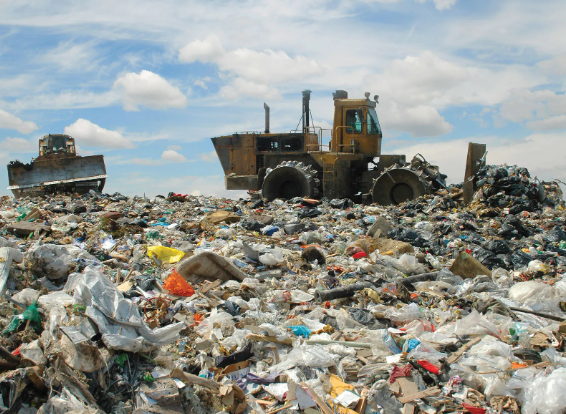
Size-Based Separation
At the heart of a trommel screen’s functionality is its ability to separate materials based on size. The trommel screen consists of a rotating cylindrical drum with perforated holes. As waste materials are fed into the drum, the rotating motion causes the materials to tumble and pass over the holes. The size of the perforations can vary, allowing the machine to sort materials into different size categories. Smaller materials, such as fine organic matter, fall through the smaller holes, while larger items like plastics, metals, and other non-biodegradable materials continue to move along the drum.
This size-based separation is crucial in various waste processing applications. For example, in municipal solid waste (MSW) facilities, trommel screens help to segregate compostable organic matter from non-compostable materials, thereby aiding in the efficient processing of waste. In construction and demolition (C&D) recycling, trommel screens can separate fine materials such as soil and sand from larger debris like bricks and concrete.
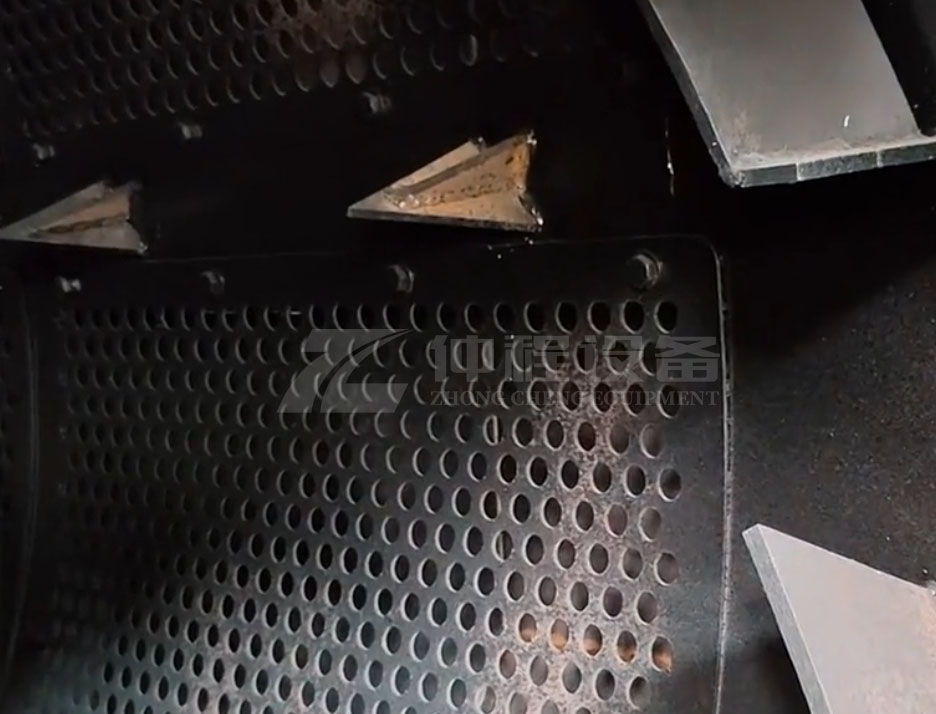
Material Composition Sorting
Beyond size-based separation, trommel screens are also effective in sorting materials based on their composition. In composting facilities, for instance, trommel screens are used to differentiate between fine compost, which can be used as a soil amendment, and larger, unprocessed organic materials that may need further decomposition. This capability is particularly important in producing high-quality compost that meets specific standards for agricultural or landscaping use.
Additionally, trommel screens are employed in recycling facilities to sort different types of recyclable materials. For example, in a mixed recycling stream, trommel screens can help separate lighter materials like paper and plastic from heavier materials like glass and metal. By adjusting the rotation speed and angle of the drum, operators can fine-tune the machine to enhance the separation efficiency for specific materials.
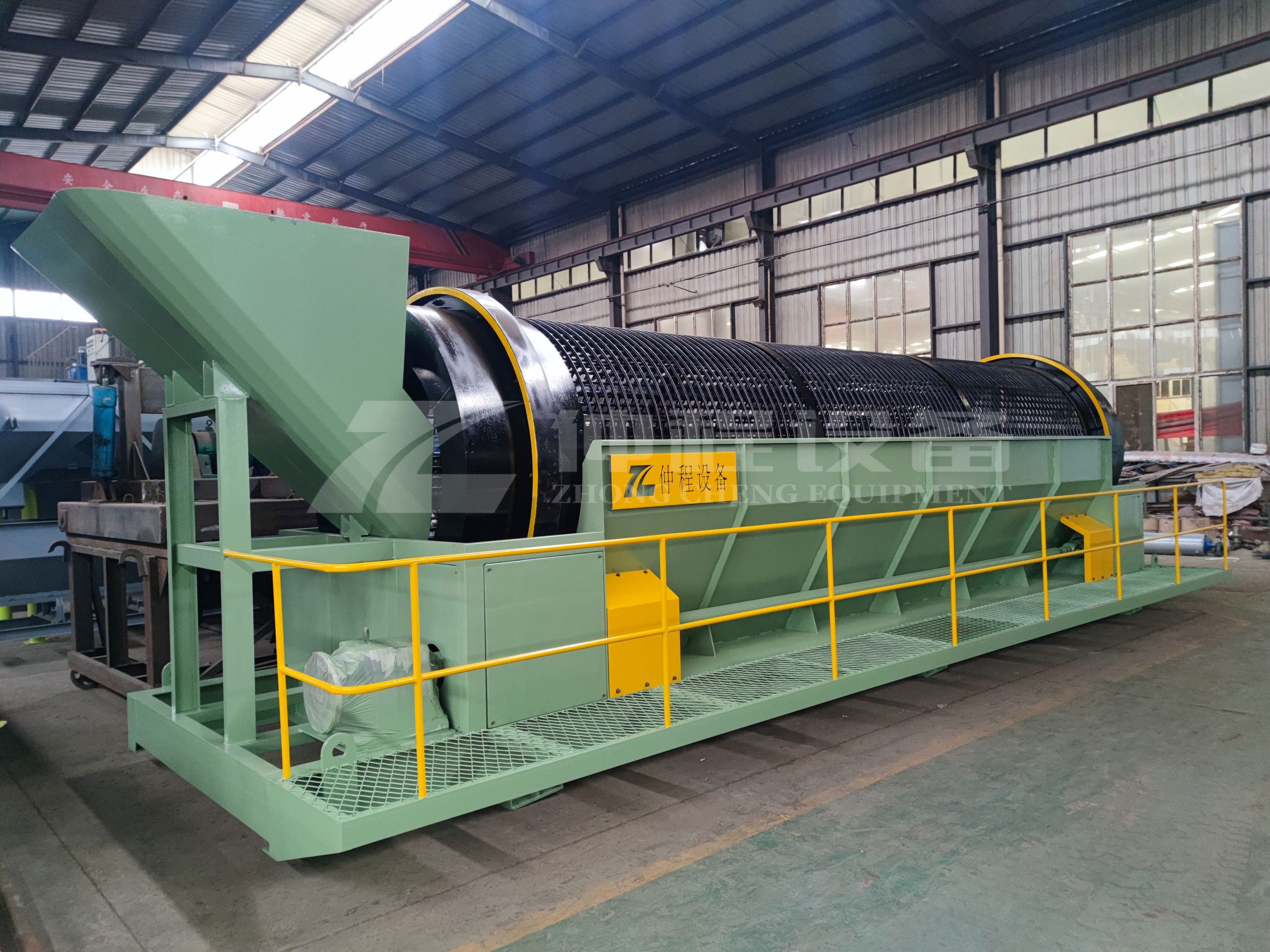
Efficiency and Throughput
One of the standout features of trommel screens is their high throughput capacity. Designed to handle large volumes of material, trommel screens can process waste quickly and efficiently. The continuous rotation of the drum ensures that materials are constantly being sorted, which is essential in large-scale waste management operations where time and efficiency are critical factors.
The efficiency of trommel screens is further enhanced by their relatively simple design and low maintenance requirements. The rotating drum and the perforated screen are the primary components that come into contact with the materials being processed. This simplicity means that trommel screens are less prone to mechanical failures compared to more complex sorting machinery. Additionally, because the materials are sorted based on size and composition as they pass through the drum, there is minimal need for manual intervention, further improving the overall efficiency of the waste sorting process.
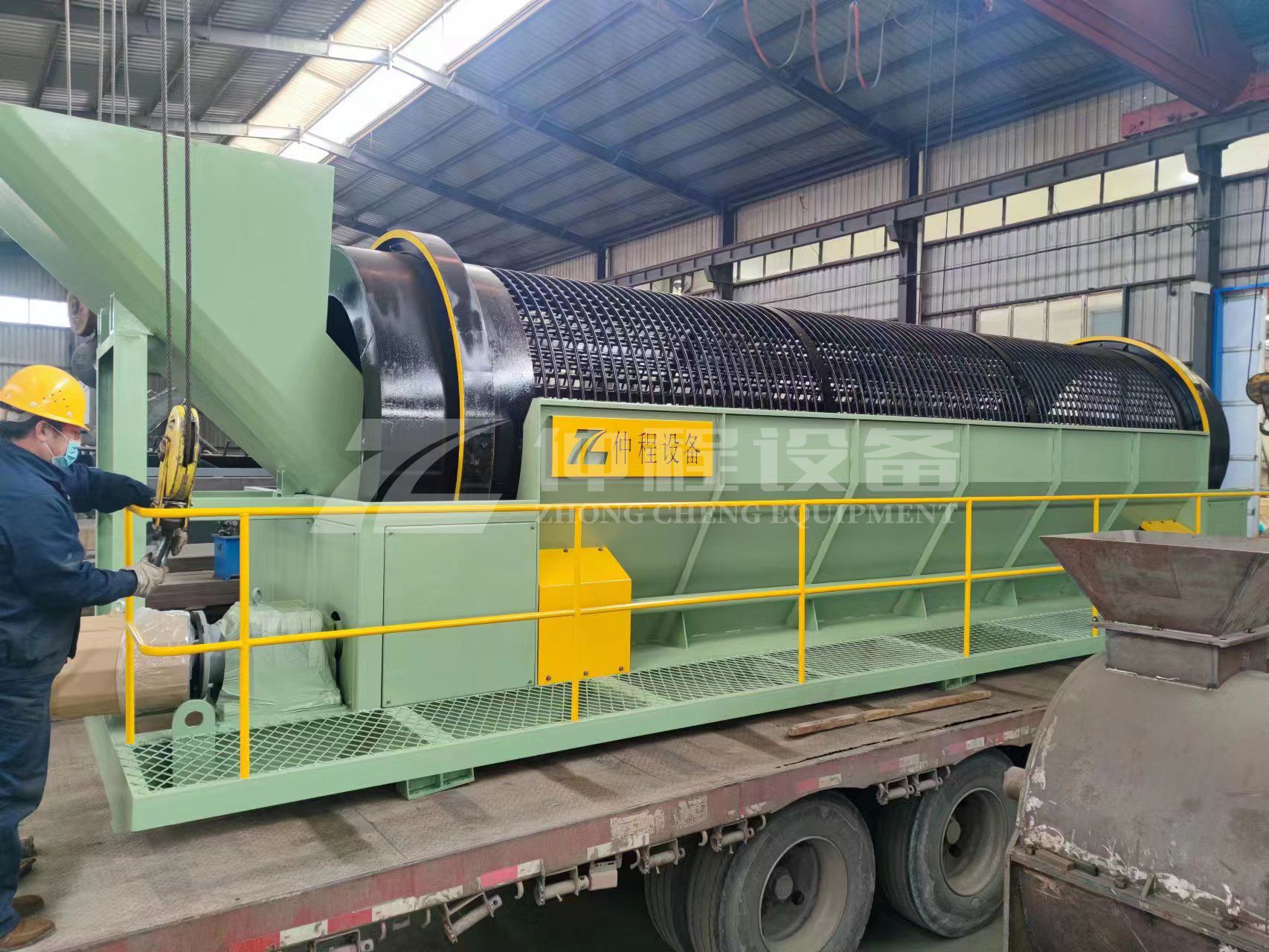
Applications in Waste Management and Recycling
Trommel screens are widely used across various sectors within the waste management and recycling industry. In municipal waste facilities, they play a key role in separating organic waste for composting and recycling, reducing the volume of waste that ends up in landfills. In construction and demolition waste processing, trommel screens help to recover valuable materials like metals and aggregates, which can be reused in new construction projects.
In addition to waste sorting, trommel screens are also employed in mining and quarrying operations to separate different types of minerals and ores. The versatility of trommel screens in handling a wide range of materials makes them an invaluable asset in industries that require efficient material separation and processing.
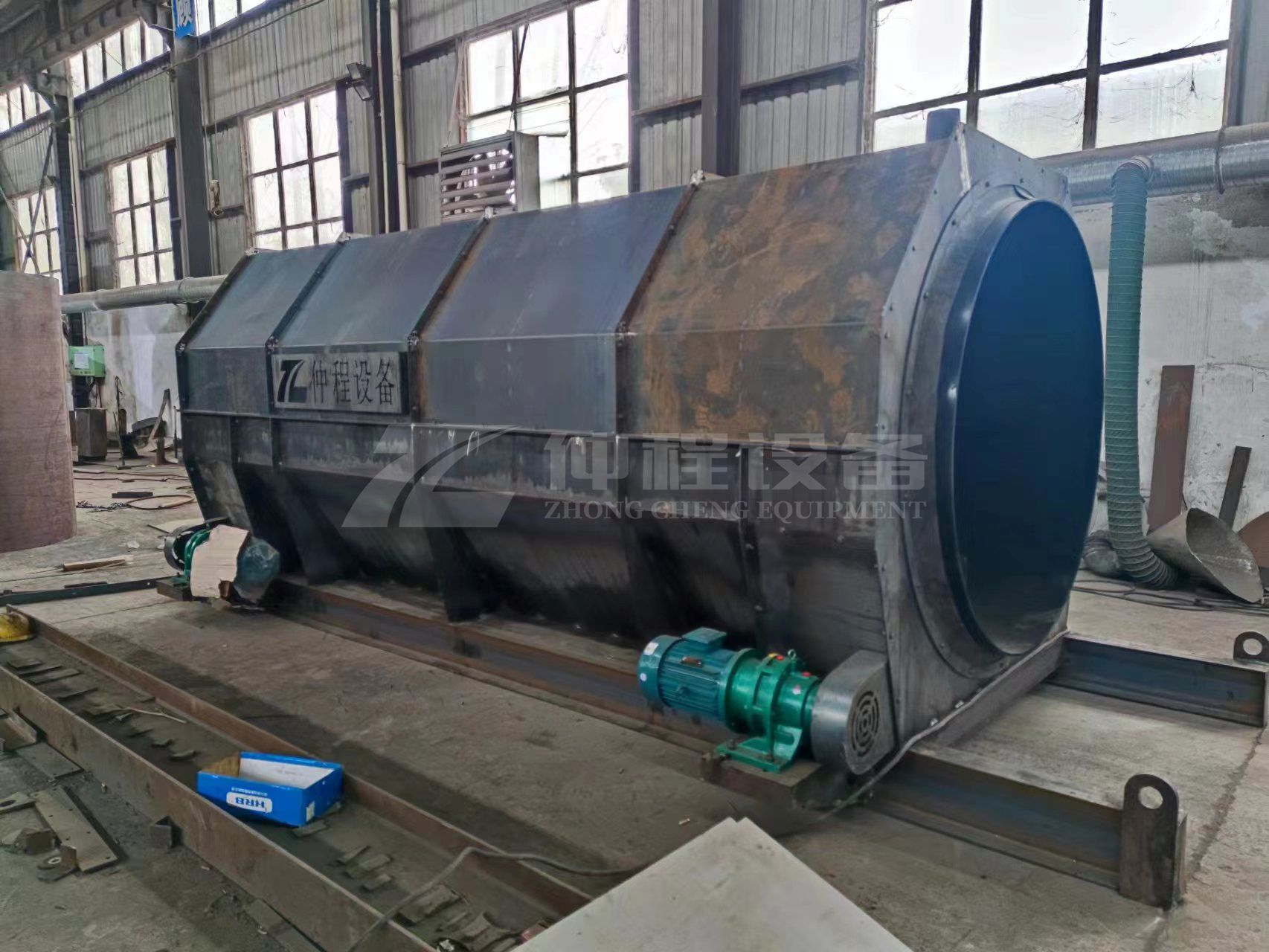
Conclusion
Trommel screens are a cornerstone of modern waste management and recycling systems. Their ability to separate materials based on size and composition, coupled with their high throughput and efficiency, makes them indispensable in various waste processing applications. As the demand for effective waste management solutions continues to grow, the role of trommel screens in reducing waste, recovering valuable resources, and contributing to sustainable environmental practices will only become more significant.
Whether used in municipal solid waste facilities, construction and demolition recycling, or composting operations, trommel screens offer a reliable and efficient solution for the separation and processing of diverse waste materials. Their adaptability and simplicity of design ensure that they will remain a critical component of waste management systems for years to come.
 Trommel screenTrommel screen, also known as drum screens, are widely used in various industries for sorting and separating materials.Get Quote
Trommel screenTrommel screen, also known as drum screens, are widely used in various industries for sorting and separating materials.Get Quote Crop straw double shaft shreddApplications:Biomass Energy Production: Shredded straw can be used as a feedstock for bioenergy plants to produce electricity or heat.Livestock Feed: Reduced-si...Get Quote
Crop straw double shaft shreddApplications:Biomass Energy Production: Shredded straw can be used as a feedstock for bioenergy plants to produce electricity or heat.Livestock Feed: Reduced-si...Get Quote Zhongcheng Air Drum SeparatorAir drum separators effectively separate lightweight materials (e.g., plastics, paper) from heavier materials (e.g., metals, glass). This high efficiency is cru...Get Quote
Zhongcheng Air Drum SeparatorAir drum separators effectively separate lightweight materials (e.g., plastics, paper) from heavier materials (e.g., metals, glass). This high efficiency is cru...Get Quote







